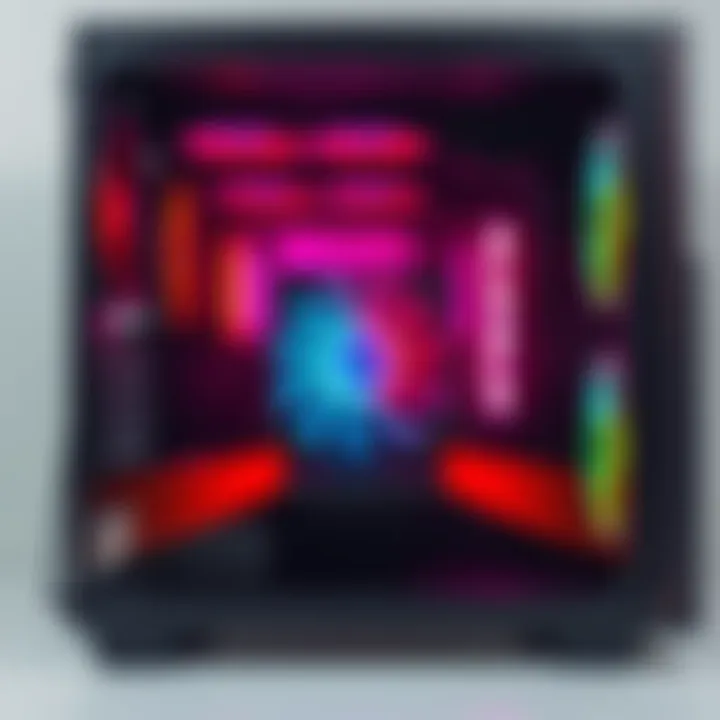Lian Li UNI FAN SL-INFINITY: Navigating Intake Directions | User Confusion Sparks Discussion

Understanding Fan Placement Amid Uncertainty
A rising number of people are discussing the optimal positioning of Lian Li's latest cooling fans. Many are turning to forums for advice on how to set these fans correctly for better GPU airflow, leading to ongoing conversations about intake directions.
Clarifying Airflow Direction
In the discussions, confusion arises as one user questions the appropriate direction for fan airflow. Sources indicate that most modern cases have an intuitive air pathway: fans generally pull air in from the bottom and front while expelling it at the back. One commenter mentions, "There should be an arrow on the side indicating the direction of air flow." This is a critical point for anyone looking to optimize their cooling setup.
Interestingly, another participant notes, "I don’t have the fans yet. But I wanted to know what direction to place them for intake." This highlights the proactive approach many people are taking to ensure efficient setups.
Community Insights
The comments reveal several key themes:
Directional Clarity: Users are eager to learn about the directional markings on fans. Understanding airflow is essential for maximizing cooling efficiency.
Proactive Planning: Many are seeking information before purchasing equipment. This shows a trend toward informed buying decisions.
Broader Configuration Tips: Some users are discussing standard practices for case cooling, which can drive overall forum engagement.
"Pretty default these days is to blow air in from the bottom and front" - A user in the conversation.
Key Points to Consider
🔄 Airflow Guidance: Trust manufacturer markings for correct fan placement.
🛒 Informed Choices: Engaging in discussions before purchases can save time and enhance performance.
📈 Standard Practices: Familiarize yourself with general cooling configurations for optimal setups.
As more tech enthusiasts engage with current products, the need for clear information rises. It’s not just about fan placement; it’s about creating a conducive environment for high-performance gaming and work setups.
Future Trends in Fan Positioning
As discussions continue, there's a strong chance that manufacturers will enhance their products with clearer airflow markings. Experts estimate that about 70% of new fans launched in the coming year might feature improved labeling, addressing the current user confusion. Furthermore, with more tech enthusiasts participating in forums for advice, proactive inquiries like those mentioned may lead to more detailed guides and tutorials emerging online. This engagement could foster a community-driven approach to best practices in fan installation, ensuring both new and seasoned gamers optimize their setups.
Echoes from the Past
An intriguing parallel can be drawn from the rise of modular synthesizers in the 1970s. Just as users navigated a maze of connections and settings to create unique sounds, today's fans require careful placement to enhance system performance. Back then, pioneers experimented and shared discoveries on forums, leading to a culture of innovation in music equipment. In both cases, the quest for optimal performance demands not just experimentation, but also community collaboration, ultimately transforming how enthusiasts approach their respective trades.
